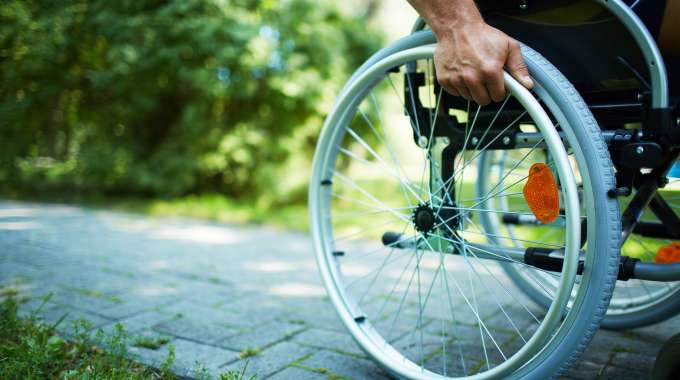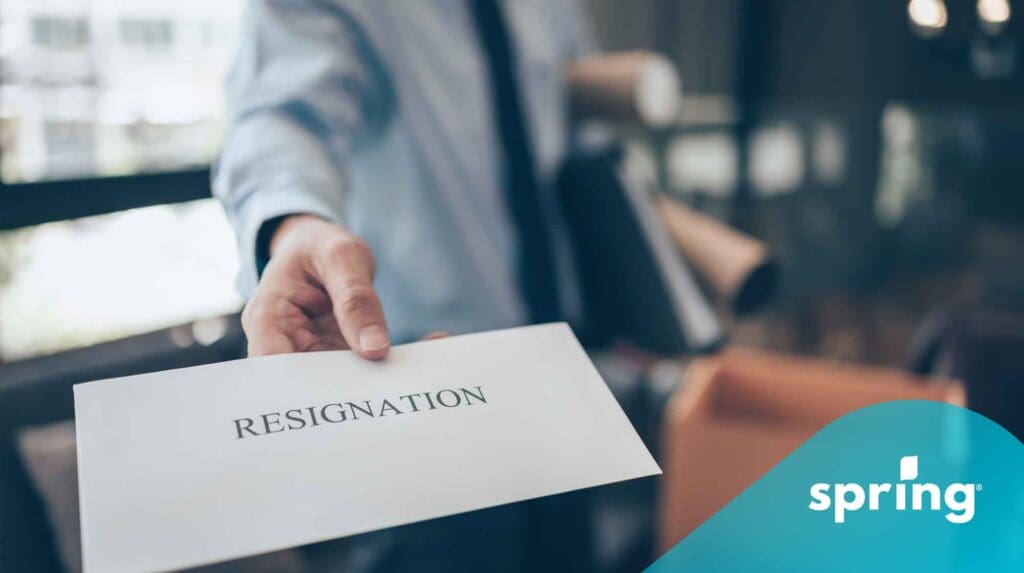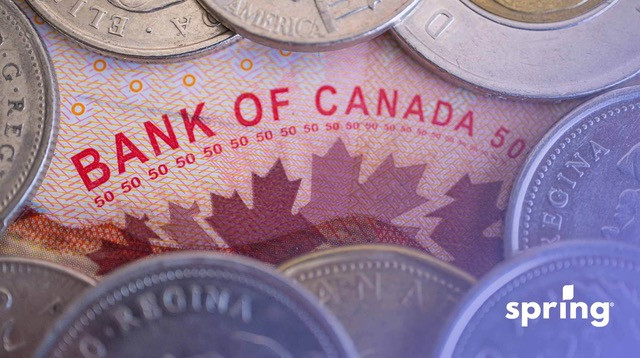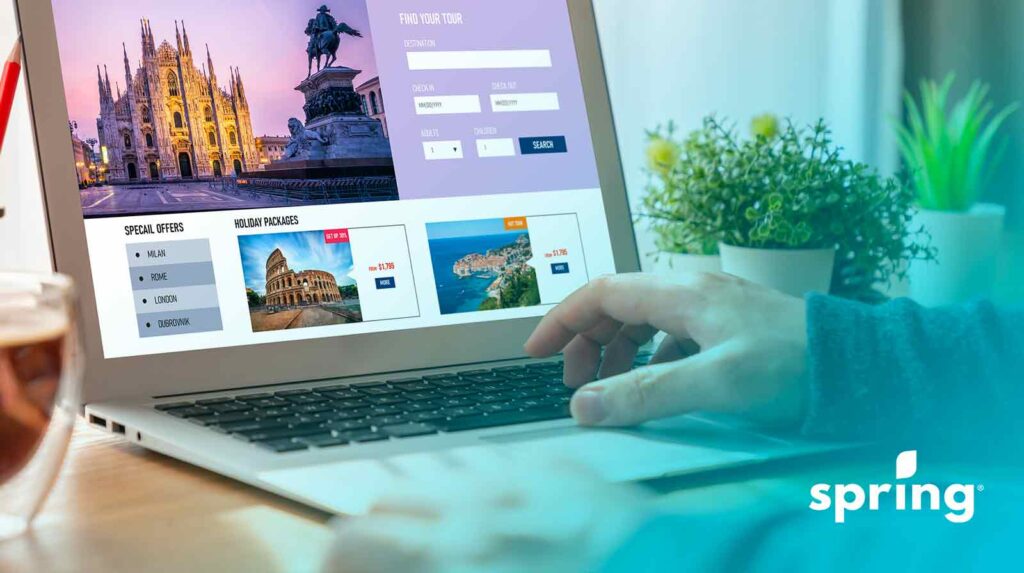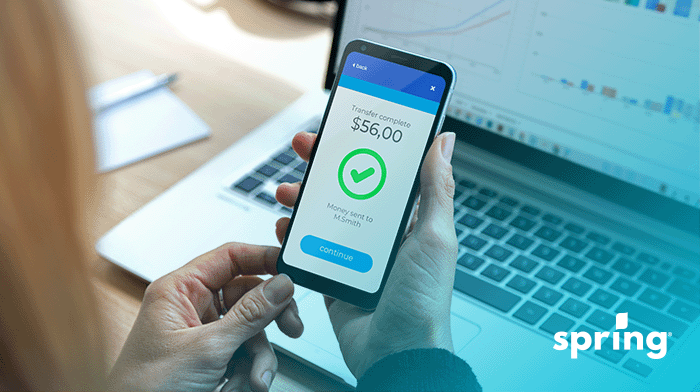It all depends on how much you receive and what your goals are. It can be very tempting to spend it as soon as you can on an impulse purchase, but there are also plenty of other ways you can use the return to your advantage and put yourself ahead for the year.
Does Everyone Get Tax Returns?
Not everyone who files their income taxes is eligible for tax refunds. It all depends on your taxable income and/or whether or not you have tax automatically taken off of your pay check: self employed or employed.
That said, sometimes people who are not self-employed have to pay taxes as well. Things like not having enough taxes taken off or having rental income or a second income can make a big difference in whether or not you pay taxes. Everyone’s tax situation is different, so until you file your taxes, you may not know whether you will receive a refund.
How to Use Your Return Wisely
When it comes to receiving your tax return, many people see it as free money when it’s actually just an overpayment you made in taxes on your earned income that is now getting returned to you. Hence the name, tax return. That doesn’t mean it isn’t a welcome bonus, though. No matter your financial situation, there are plenty of ways you can use your return at a moment’s notice or over the long term.
Emergency Fund
Having some money put to the side is always a good idea. You never know when an emergency can happen, so it’s handy to have money put aside to avoid incurring any debt. Whether it’s medical expenses, home improvements, pet emergencies or anything in between, having an emergency fund is highly recommended. Anything you can add to it from your income tax return can make a big difference.
Credit Card Debt
Whether you have a little or a lot, credit card debt can rise quickly, especially since they have some of the highest interest rates out there. The faster you pay high-interest debt off, the more money you can save. Using your refund for this purpose can make getting out of debt faster a reality and reduce your interest costs. You can also choose to pay off other debts like payday loans. You can also put extra payments on your mortgage.
Retirement Savings
This is another great way to not only save some money but also earn more on your tax refund for the next year. Adding money to your RRSP, Registered Retirement Savings Plan, is a great way to save not only for retirement but also to purchase a home as a first-time home buyer. Anything you enter into it is tax-free since you don’t actually have to pay taxes on it until you start receiving the funds as retirement income. Not only that, depending on the market values and interest rates, but by the time you retire, you will also have earned money in addition to the money you have invested. This can really help set you up for your financial future.
Extra Cash
If you already have some emergency savings for a rainy day, no credit card debt or it just doesn’t make sense for you to use your income tax refund for any of these things, it can just be used for some extra cash. So many Canadians are being hit hard by inflation right now, so the money can be used just to help you get ahead. You can also decide to use it to budget for a vacation or a new car.

Investment Options For Your Tax Refund
While we already mentioned that adding money to your retirement savings is a great idea for your tax refund, we haven’t discussed different ways to contribute to your investments. Here are some great account options and how they work.
Tax-Free Savings Account
One way to invest your money to cover unexpected expenses is with a Tax-Free Savings Account. TFSAs are registered accounts with the federal government and allow you to earn interest on your investments tax-free. You can also withdraw the funds from this account whenever you like. You just have to be mindful of your contribution limits.
Registered Education Savings Plan
Registered Education Savings Plans, also known as RESPs, are long-term savings plans to help you reach your savings goals for your child’s education. However, you can also open RESPs for yourself.
First Home Savings Account
First Home Savings Accounts, also known as FHSAs, are tax-deductible accounts that allow you to save money for a down payment. You can save a total of $40,000 in this account and use it as a lump sum payment tax-free when you purchase your first home.
Registered Retirement Savings Plan
Another way to invest money into your long-term goals is to open or invest in a Registered Retirement Savings Plan, also known as an RRSP. In these accounts, you can invest in Mutual Funds, ETFs and other securities. These accounts are tax-deferred with the idea that your income in retirement is lower, which would give you a lower tax rate when you withdraw the funds. There’s also a limit on the contributions you can add yearly.
How You Receive a Tax Refund
Filing your taxes can be done in a number of ways, such as doing your taxes online, through the mail using income tax forms or through tax software. Any of these methods can be done whether you use an accountant or not. It allows you to file for any tax credits and tax deductions and will let you know whether you receive a refund or have a balance owing. If you have an outstanding balance, that will need to be paid by the tax deadline to avoid interest rates. If you don’t owe it, then chances are you will receive a refund.
If you do qualify for a refund, then you will either have that money sent to you via cheque or deposited into your bank account through direct deposit. How long it takes for you to receive the refund will depend on when you filed your taxes and the method you are receiving it. It can be anywhere from a few days to a few weeks.
Other Ways You Can Receive a Larger Refund
As we mentioned above, when you file your return, you will be eligible for tax credits. The most common of these is the Disability Tax Credit. That said, you can’t apply for this credit when you file your taxes. You have to apply previously with the CRA. Once you have been approved, you will receive the extra credits for your taxes.
Each of these credits has specific requirements for approval. With the Disability Tax Credit, you must fill out the application form and have a medical professional fill out the form as well. Once you have done this, you will send it in, and you will then receive a letter notifying you if you are approved or not. The idea behind this credit is to help those with disabilities cover medical expenses or other expenses related to their disability by paying less tax.
Reasons You May Not Receive Your Refund
If you filed your taxes but you have not received your refund, this could be for a few reasons. You may have a tax bill from a previous year, or you may be filing many tax years at one time, so it’s taking longer for your refund to be processed. If you aren’t receiving your tax refund because you owe taxes or money to the government in any capacity, then it’s likely that you will be notified through a letter. You can always contact the CRA directly, though, and they will let you know the reasoning based on your individual tax situation.


